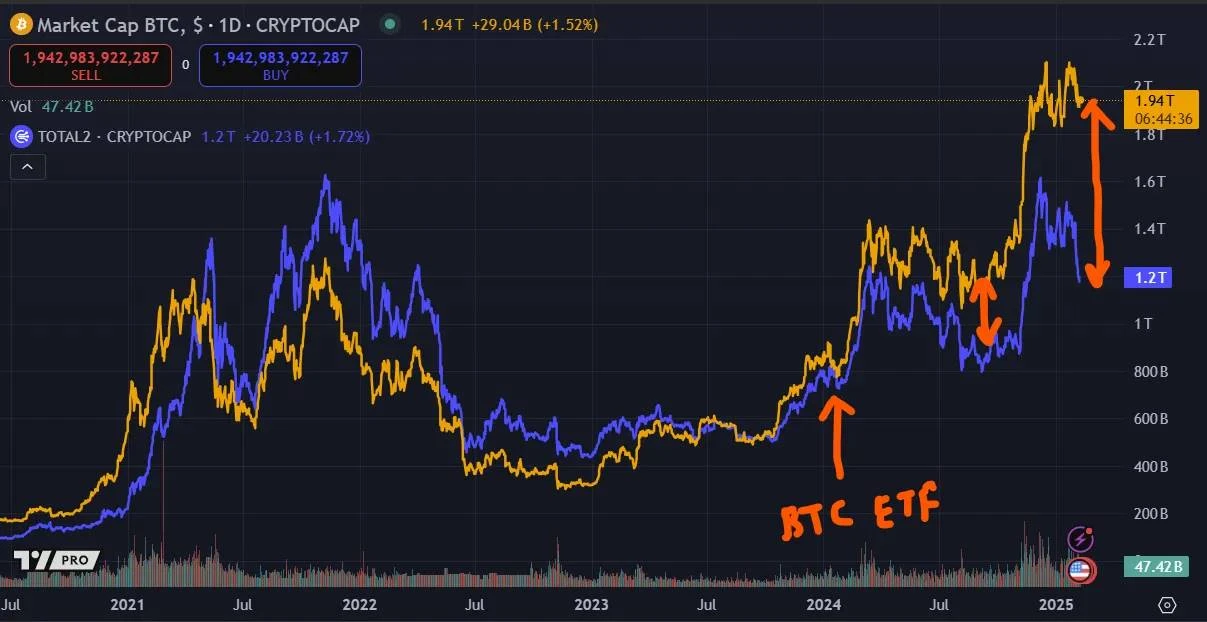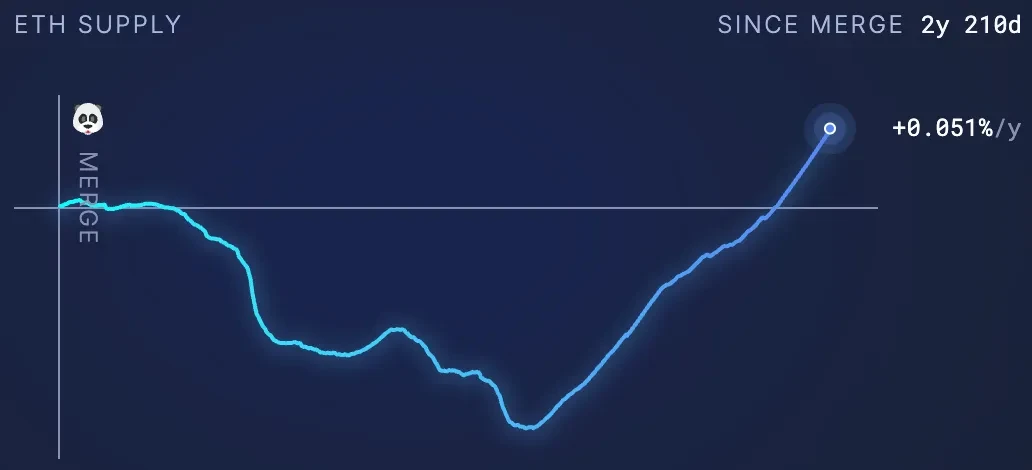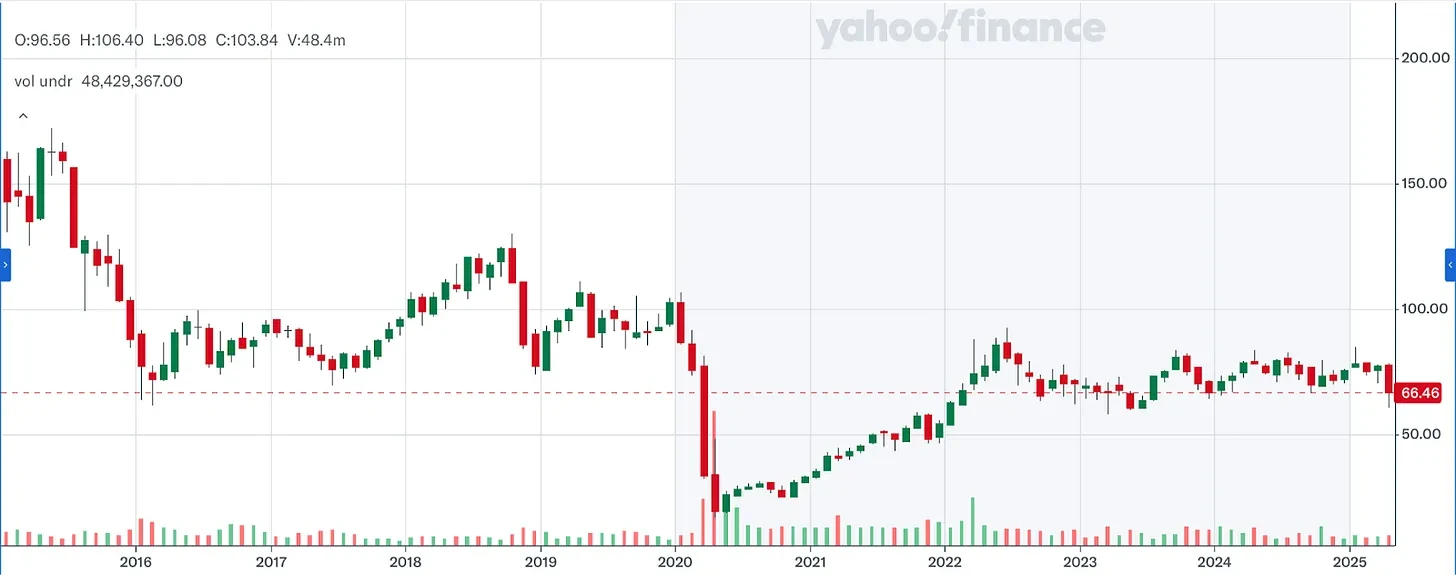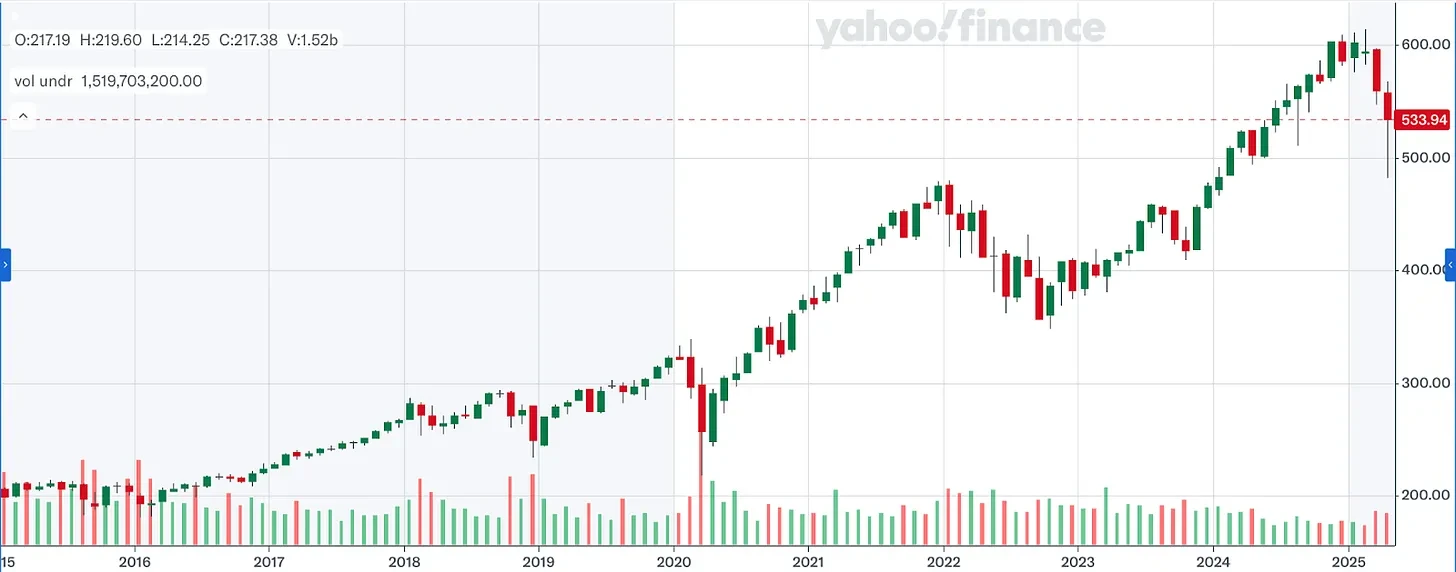Original Author: Richard Chen
Original Translation: Deep Tide TechFlow
Last week, the price of Ethereum (ETH) fell back to the levels seen during its initial coin offering (ICO) in 2017. At that time, Ethereum was just a white paper and a token, and compared to today, where it has numerous practical applications, the market seems indifferent to the progress of the Ethereum developer ecosystem over the past seven and a half years.
The bigger issue is that ETH needs a new narrative, a clear reason to attract people to buy the token. Let's analyze the common narratives surrounding ETH and explore why they are no longer effective.
1. “ETH is the leveraged beta of Bitcoin (BTC).”
This statement held true during past bull market cycles, where altcoins typically outperformed BTC, with blue-chip altcoins acting as leveraged beta. Whenever BTC performed well, investors would increase their risk exposure, leading to better returns in altcoins.
This time is different. In January 2024, the launch of Bitcoin ETFs brought about a new paradigm shift. Nearly $100 billion in funds flowed into Bitcoin ETFs, which now collectively hold 5.7% of the BTC supply. In contrast, Ethereum ETFs have only attracted $5 billion in funds. Unlike previous cycles, a significant influx of funds into the cryptocurrency market, especially from large institutions, is now only flowing into BTC and not spreading to other parts of the market. BTC will always have natural demand from new funds looking to enter the cryptocurrency space, but it remains unclear whether other assets have similar demand.

Bitcoin (BTC) occupies a distinct tier and is differentiated from other parts of the market.
The second-order effect of new funds not entering altcoins is that we are facing a zero-sum game of speculative capital that rotates between different "casinos." This is evident in the price movements over the months following the election, where speculative capital shifted from Solana's AI agent meme coins to Hyperliquid, and then back to $TRUMP and $MELANIA. Without economic growth, the competitive zero-sum attention of crypto tribalism accelerates this rotation. Another second-order effect of funds not entering altcoins is that it harms the venture capital market. The best-case scenario for token generation events (TGE) is that the financing cap for infrastructure projects is in the billions, while the total addressable market (TAM) for other project categories is even smaller. Due to an oversupply of capital relative to founders, valuations in private rounds have not decreased. As a result, returns in crypto venture capital are being compressed.
2. “ETH is ultrasound money.”
This is no longer valid. In April 2024, ETH supply began to reverse and increase again. By February 2025, ETH became inflationary since the merge. Therefore, the argument that ETH is a harder currency than BTC is no longer effective.
The argument for ultrasound money is also somewhat mediocre. New entrants to the crypto space will accept the scarcity narrative of "BTC is digital gold" without understanding the technical details of EIP-1559 and which is more deflationary, BTC or ETH.

Source: ultrasound.money
3. “ETH is digital oil.”
The problem with this framework is that ETH would trade like a commodity, exhibiting sideways and range-bound fluctuations. The value of commodities is based on market supply and demand, rather than being a growth asset for long-term buy-and-hold. To illustrate this, below are two charts comparing the performance of oil and the S&P 500 index over the past decade.

USO

SPY
Over the past decade, oil has mostly traded within a range, with only two exceptions: 1) In early 2015, U.S. oil supply was released due to advancements in hydraulic fracturing technology; 2) The COVID crash in early 2020.
Using the "digital oil" framework, if ETH enters the market again due to inflation without marginal buying demand, the price will fall.
4. “ETH is the global settlement layer.”
Ethereum's long-term scalability roadmap has an inherent contradiction between two goals: 1) scalability will be pushed to layer two (L2), making Ethereum the settlement layer; 2) Economic activity on L2 will accumulate value for ETH. When EIP-4844 significantly reduces the cost of publishing transaction data to layer one (L1), it enhances L2's scalability but also reduces Ethereum's revenue.
The bigger issue is that when L2 launches its own tokens, they become somewhat "parasitic" to ETH. L2 has strong economic incentives to accumulate value in its own tokens rather than ETH. Therefore, aside from the technical differences in consensus mechanisms, L2 behaves almost like a competing L1.
This leads to a decoupling of EVM (Ethereum Virtual Machine) adoption from ETH value accumulation. Ethereum's historical strength lies in its developer tool ecosystem around the EVM—debuggers, fuzz testing tools, template contracts, etc.—which have been built over years of open-source development. For new developers, building on the EVM is much easier than building on non-EVM chains that lack such robust development tool infrastructure. As EVM and ETH decouple, EVM adoption can continue to grow, as new L2s like MegaETH and new L1s like Berachain and Monad leverage the EVM ecosystem, but value accumulation returns to their native tokens rather than ETH.
5. “ETH has the most economic activity of any chain.”
It is possible that in the future, the total value locked (TVL) in stablecoins reaches an all-time high, decentralized exchange (DEX) trading volume hits an all-time high, and other economic activity metrics reach all-time highs on Ethereum, yet the price of ETH does not reach an all-time high because the price-to-earnings (P/E) multiple contracts. In this scenario, ETH trading resembles tech stocks, such as Tesla (TSLA, 97x expected P/E) or Nvidia (NVDA, 24x expected P/E).
With the current annualized profits, ETH would need a 300x P/E multiple to reach an all-time high again without any monetary premium. Therefore, there remains significant downside risk from P/E compression.
What will happen to ETH next?
Perhaps ETH will rise due to mean reversion, or it may continue to perform poorly for the reasons mentioned above.
But before that, ETH needs a new narrative.
免责声明:本文章仅代表作者个人观点,不代表本平台的立场和观点。本文章仅供信息分享,不构成对任何人的任何投资建议。用户与作者之间的任何争议,与本平台无关。如网页中刊载的文章或图片涉及侵权,请提供相关的权利证明和身份证明发送邮件到support@aicoin.com,本平台相关工作人员将会进行核查。




